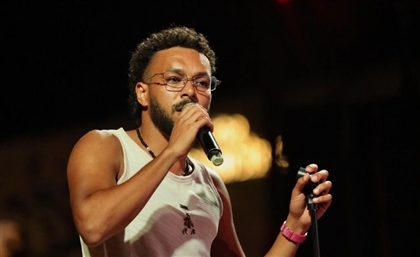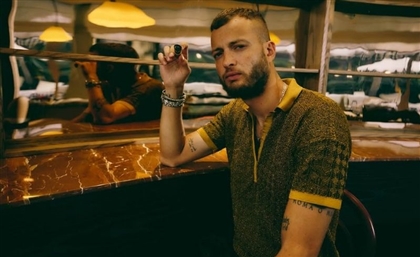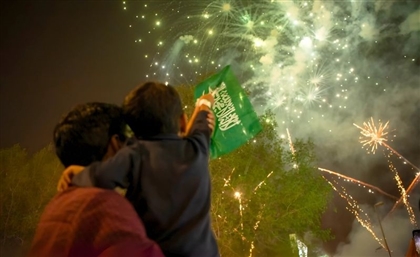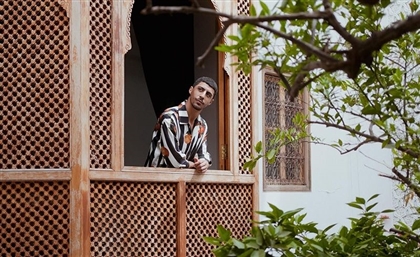‘The Plague’ Is a Coming-of-Age Body Horror That Hits Hard
‘The Plague’ captures the suffocating dread of being young, isolated, and targeted by other peers.
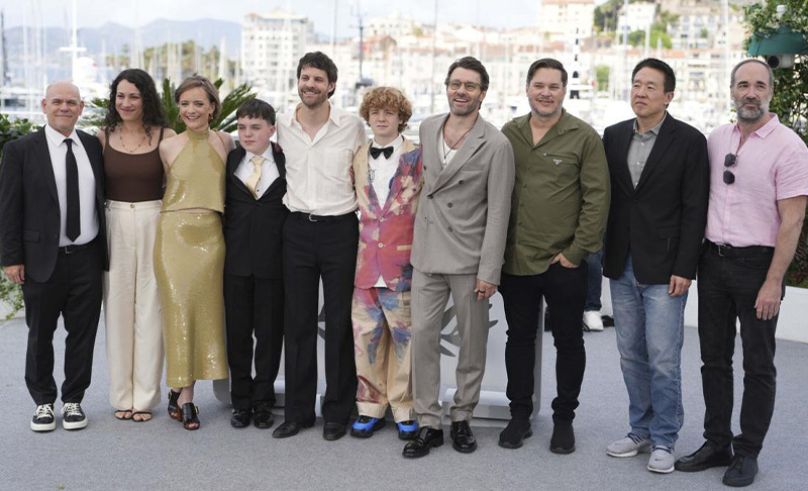
We’re inside the pool, looking up. Everything is still. A body plunges in. It shatters the calm. Bubbles explode like fireworks. Another splash follows, then another. Heads dip under and rise again. Legs kick furiously, desperate and uncoordinated. The kids kick their feet to stay above the water. Their movements aren’t graceful. It’s pure survival. Each kick is a plea to stay above, to breathe. We quickly realise they're kids in a water polo practice who have been tossed into the deep end of the pool. Twelve is the age when life stops being still. It’s when the calm ends and the struggle begins.
It’s hard to believe ‘The Plague’ is Charlie Polinger’s first feature film. His direction is remarkably confident, distinct, and entirely his own. The film premiered in Un Certain Regard to rapturous applause, and I’m sure it will go down as one of the most promising debuts of the year. A chilling descent into the horrors of bullying, ‘The Plague’ captures the suffocating dread of being young, isolated, and targeted by other peers. It’s one of the most effective horror films on the subject ever made. And yes, that includes Brian DePalma’s Carrie. This is no light compliment.
“I wanted to explore the violence and vulnerability of boyhood in a way I hadn’t seen on screen. Many coming-of-age films, particularly about boys, tend to be comedic or nostalgic, but for me, being 12 felt more like a living hell of social anxiety,” Polinger tells CairoScene.
In the film, this anxiety stems mostly from the fear of getting acne. Only the kids in this water polo team refer to it as “the plague”.
-4a15d7c8-f541-4661-a54f-87356e73641a.jpg) It’s something we’ve all felt at that age. That feeling when you wake up and go straight to the mirror. You’re afraid of what you'll see. Your fingers already reaching for skin that might betray you. And then you spot it. A red bump forming on your forehead, cheek, or chin. You feel that slow panic build up. The way your confidence vanishes in seconds. The walk to class feels longer. Every glance feels like judgment. You keep your head down, avoid eye contact, and pray no one notices. It’s not just about skin. It’s about shame, exposure, and the unbearable feeling that everyone’s looking. Even when they’re not.
It’s something we’ve all felt at that age. That feeling when you wake up and go straight to the mirror. You’re afraid of what you'll see. Your fingers already reaching for skin that might betray you. And then you spot it. A red bump forming on your forehead, cheek, or chin. You feel that slow panic build up. The way your confidence vanishes in seconds. The walk to class feels longer. Every glance feels like judgment. You keep your head down, avoid eye contact, and pray no one notices. It’s not just about skin. It’s about shame, exposure, and the unbearable feeling that everyone’s looking. Even when they’re not.
Polinger shoots this very specific stage of puberty like a body horror film, and it works brilliantly. It’s one of those ideas that feels so obvious in retrospect, you wonder why no one’s done it before. Even if this ground has been explored, it’s never been shot quite like this. The cinematography is incredibly stylised, and the score is deeply unsettling. Together, they turn adolescence into something monstrous.
The film focuses on Ben, a quiet and observant newcomer who becomes the target of increasing cruelty and humiliation from his peers. At the centre of their fixation is “the plague,” a slang term they use to describe acne. It’s treated like a contagious curse. What begins as teasing escalates into ritualistic torment. The kids unite against whoever shows signs of the infection. The story explores how fear, shame, and group dynamics contribute to the brutal enforcement of conformity. With haunting visuals and a disturbing sound design, ‘The Plague’ captures the suffocating anxiety of being young, vulnerable, and different.
The coach, played by Joel Edgerton, is a steady presence on the sidelines. He’s there to keep things in order. When he suspects bullying, he confronts Ben and tells him that this, like everything in life, will eventually pass. But kids don’t have the patience to wait. When they’re being bullied, time doesn’t move forward. It slows down. Every second stretches. What adults call “a phase” feels, in the moment, like forever.
-25529f26-ab1f-4c92-8b04-4a4d5d2dc836.jpg) The cast of child actors is incredible, especially Everett Blunck in the lead role and Kayo Martin as Jake, the ringleader of the bullies. Jake has a way of spotting the tiniest flaw. You see a smirk creep across his face. He's like a lion who’s just spotted a wounded prey. The moment he realises Ben has a lisp, he locks onto it. Calls it out, mocks him, and turns it into a nickname that sticks like a scar.
The cast of child actors is incredible, especially Everett Blunck in the lead role and Kayo Martin as Jake, the ringleader of the bullies. Jake has a way of spotting the tiniest flaw. You see a smirk creep across his face. He's like a lion who’s just spotted a wounded prey. The moment he realises Ben has a lisp, he locks onto it. Calls it out, mocks him, and turns it into a nickname that sticks like a scar.
The film also explores how you can find yourself on both sides of the line, bullied or bully. And when you do it just to fit in, being the bully can feel frustrating and painful. There’s a particular kind of ache that comes from betraying your own sense of right and wrong just to avoid becoming a target yourself. It’s the slow burn of shame. The quiet guilt that lingers long after the laughter fades. It’s not the pain of being hurt. It’s the pain of hurting someone else. The film doesn’t let you look away from that. It shows you the ugly side of both ends and makes you sit with it.
Just when you think you know where the film is headed, it surprises you. The ending, in particular, stayed with me. It’s cathartic in a way that sneaks up on you. It felt raw, emotional, and beautifully earned. A big part of that impact comes from its killer soundtrack, which features a perfectly placed Moby track that elevates the final moments into something unforgettable.
- Previous Article Egypt Opens National Tech Hub to Commercialise Local Invention
- Next Article China-UAE AgriTech Hub to Pioneer Desert Farming in Al Ain
Trending This Week
-
Sep 19, 2025








